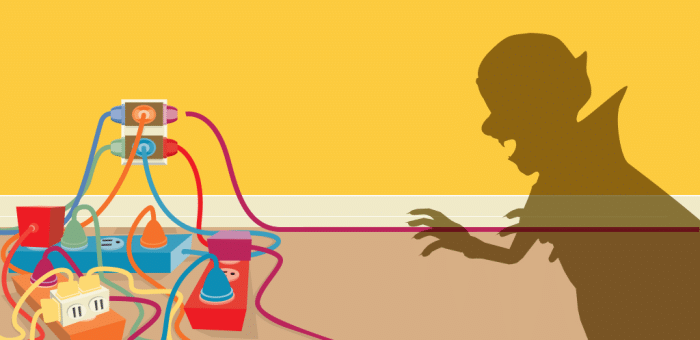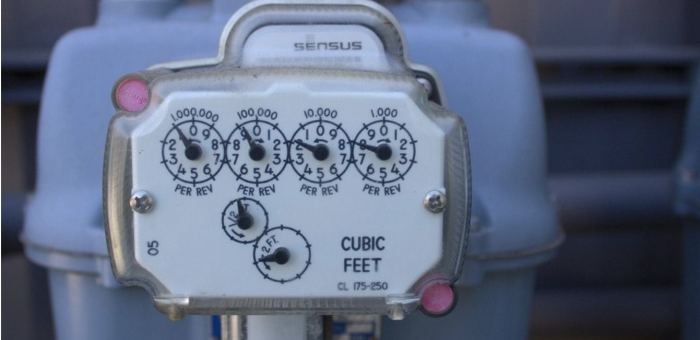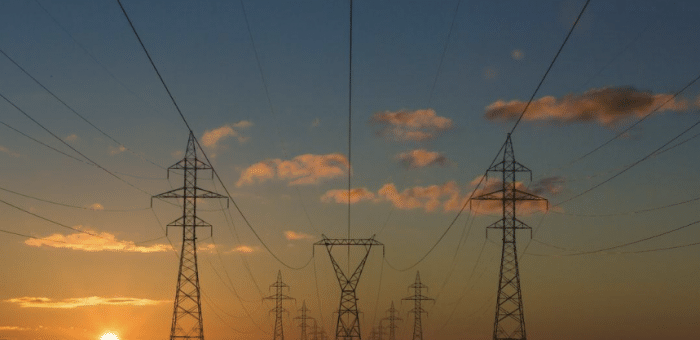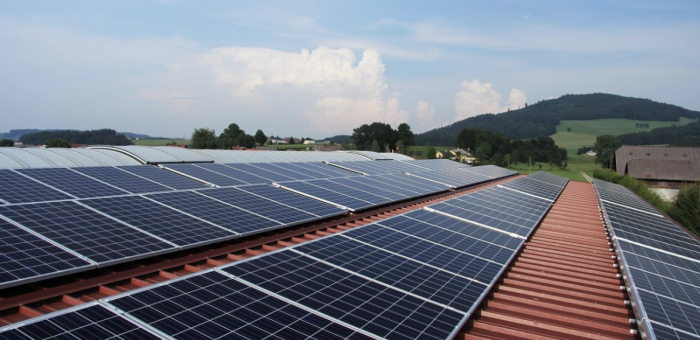Let’s go green! But wait, isn’t that expensive? A Tesla costs the same as a mortgage payment. We know. That’s why we’ll give you stuff you can do. “Going Green” means living a lifestyle that reduces your environmental impact. And maybe you’ve had the thought to go green, but it’s widely got a bad rap for being too expensive. It would be expensive to buy a new Electric Vehicle, but there are ways to reduce your carbon footprint and go green, all while spending less. We’ve compiled a list of tips to help you save while going green. Going Green can save you money. A double win.
We’re Power Wizard, and our goal is to help you by providing the education needed around electricity and usage that doesn’t quite exist yet. We’ll help you learn about energy usage in several ways, like how to reduce your energy bills and make better choices whether you want to go green or need to switch your electricity company. Check out our other blogs to see what we mean. Today, we’re focusing on going green regarding electricity usage and reducing your carbon footprint. All while saving the environment and making great financial decisions.
Going Green Can Save Money
Yes, you can save money by going green. The following tips make your electricity bills smaller while helping the planet. Wow—who knew? It’s not widely known, but we’re trying to change that.
Thrift for clothes and furniture
Thrifting for clothing or furniture can save you hundreds or even thousands, depending on how often you shop. Purchasing clothing that isn’t brand new is good for your budget as well as the planet. And often, you can find your favorite top brands in thrift stores. (One of our employees may have completely rebuilt her wardrobe with top-name brands for just $200.)
Buying new clothing is expensive, but it also creates carbon waste, especially if those clothes end up in a landfill. If you have pieces of clothing or furniture that you no longer need, take them to a thrift center for others to use. You’ve heard the adage reduce, reuse, recycle. It’s not just for plastic, it’s for clothes, furniture, and household appliances too.
Meal prep
Most of us buy groceries that end up in the trash. It’s just something that happens to all of us. One way around this is to plan meals ahead of time and only buy the groceries needed for each meal. This way, you’ll have a plan for the week, you won’t spend too much, and your money won’t go in the trash. Meal prep doesn’t have to be boring. Change it up and have a different meal for each day. You can save Sunday for meal prep.
Buy used from social media marketplaces
Along a similar line to thrifting, there are many places now to purchase used or lightly used items for cheaper than new ones, and it helps the planet by reducing items that get thrown out or that take a lot of carbon to produce. You can find just about anything you need on these platforms, so why not try it out? If you’re looking for a new coffee table, there’s bound to be one that matches your furniture and has a great price. Furthermore, we once saw a giant couch that looked brand new for sale for $200 on one of these platforms, and brand new, it would probably cost $2,000 or more. It’s worth it to save money and go green.
Switch to LED lighting
LED lighting is a green option and a great financial decision. Up front, the bulbs may cost slightly more, but they last longer (up to 100,000 hours, vs. the old incandescent bulbs that get about 1,200 hours). This means you’ll buy fewer bulbs in the long run, use less energy, and save more money while going green.
Line-dry clothing
Reducing your energy usage and carbon footprint is easy. Skip the dryer and opt to line-dry your clothing. Your dryer emits hundreds of pounds of CO2 into the atmosphere and racks up your energy bill. Choosing to line-dry will make your clothes smell good, help the earth, and help you save money. Just make sure to invest in a quality drying line. It may cost more upfront but will save more in the long term.
Use a fan before turning up the A/C
A fan is a great investment because if you’re sitting in front of it, it can cool you down a few degrees because it evaporates the sweat off your body. But don’t leave it on when you leave the room. A fan won’t cool the room, only the people in it. A fan uses much less energy than an A/C unit and will make a huge impact immediately and into the future. The EPA has found that in 2015, the use of A/C accounted for 17% of the electricity that the average American household uses per year. With climate change making the temperature increase each year, we can assume this number has gone up. With hotter temperatures, more A/C will need to be used, which will cause the earth to get hotter and hotter, making it cost more to run the A/C and harming the environment in the long run.
Add more layers before turning on the heater
When it’s cold outside, before touching the thermostat, put on more layers. A sweater, socks, maybe even a hat, and a blanket. A heater that uses natural gas to run releases thousands of pounds of carbon into the atmosphere. By keeping yourself warm with more layers, you’ll cut down your energy bill and help save the planet.
Unplug devices
Even if your device isn’t being used, like the toaster, a TV, or a gaming system, it’s still using electricity. These devices are called energy “vampires” because they rack up your bill without you knowing. Unplugging devices, you’re not using will reduce your carbon output and cut your electricity bills.
Carpool
There are alternatives if an electric vehicle is out of the question. (Though more Electric Vehicles have come out that are more affordable, like the Fiat 500e.) Otherwise, if possible, share your car with your family or carpool to and from work. Fewer vehicles on the road will produce fewer carbon emissions, and you’ll save money (without a car payment if public transit is great where you live!) or by not buying gas as often.
Look for a Green Electricity Plan
Electricity companies have gotten good at offering green alternatives, which means the amount of electricity you use is generated from nature like solar, wind farms, or water. It doesn’t have to be more expensive, and it helps the environment by choosing one of these plans. You can use Power Wizard’s shopping tool to find the best plan for you both in budget and for going green.
Let us find you the best electricity plan in seconds and start saving.
Going Green Saves Money and the Environment
Surprising, right? You don’t have to choose between saving money or going green. Of course, some routes, like a new electric vehicle or adding solar panels to your home, is a large cost. But you don’t have to go to those extremes to save money and help the planet. There are many alternative appliances that are energy efficient and simple everyday things we can do to reduce our carbon footprint.







